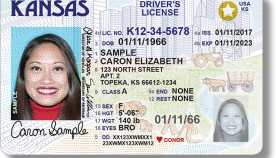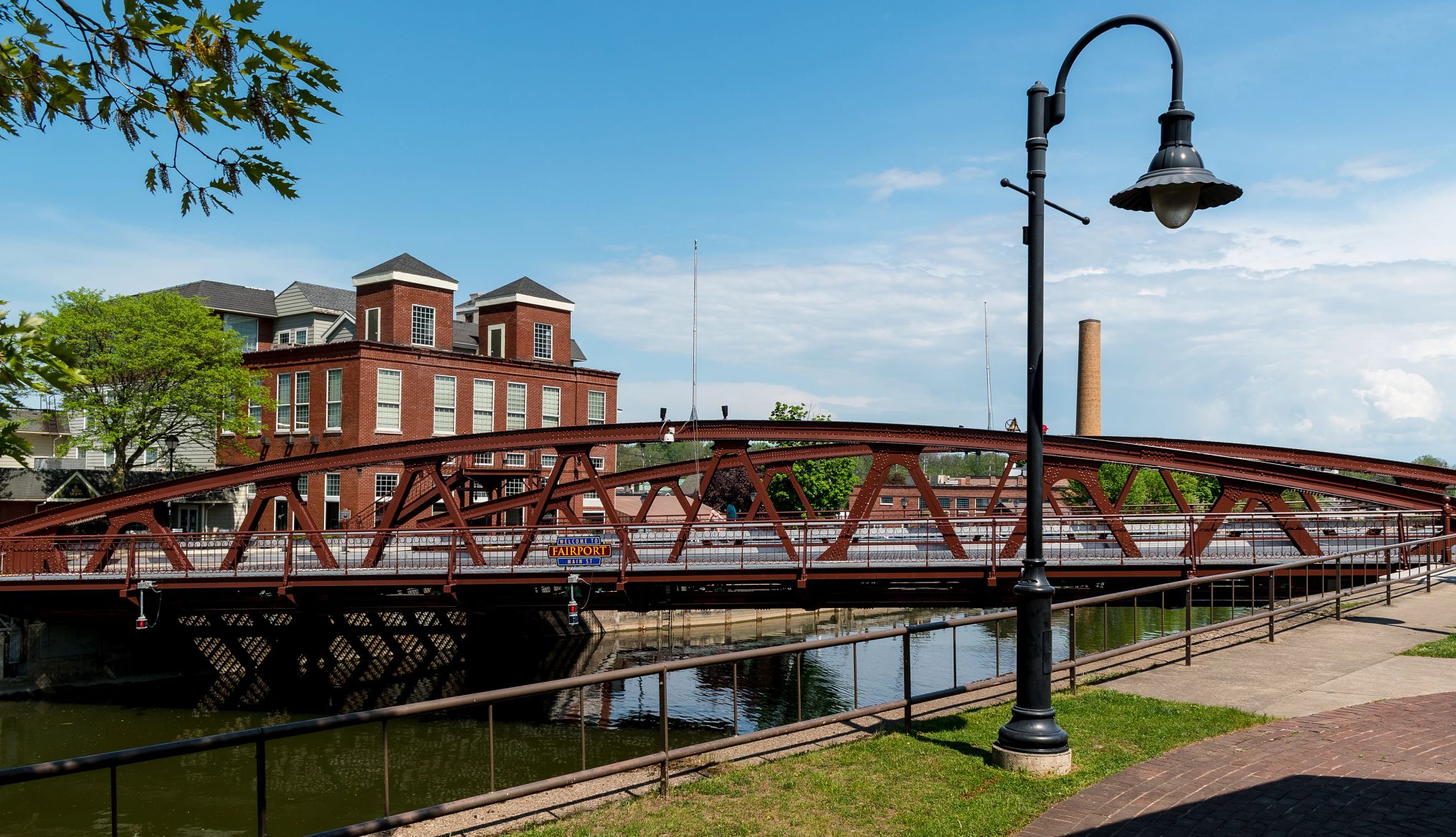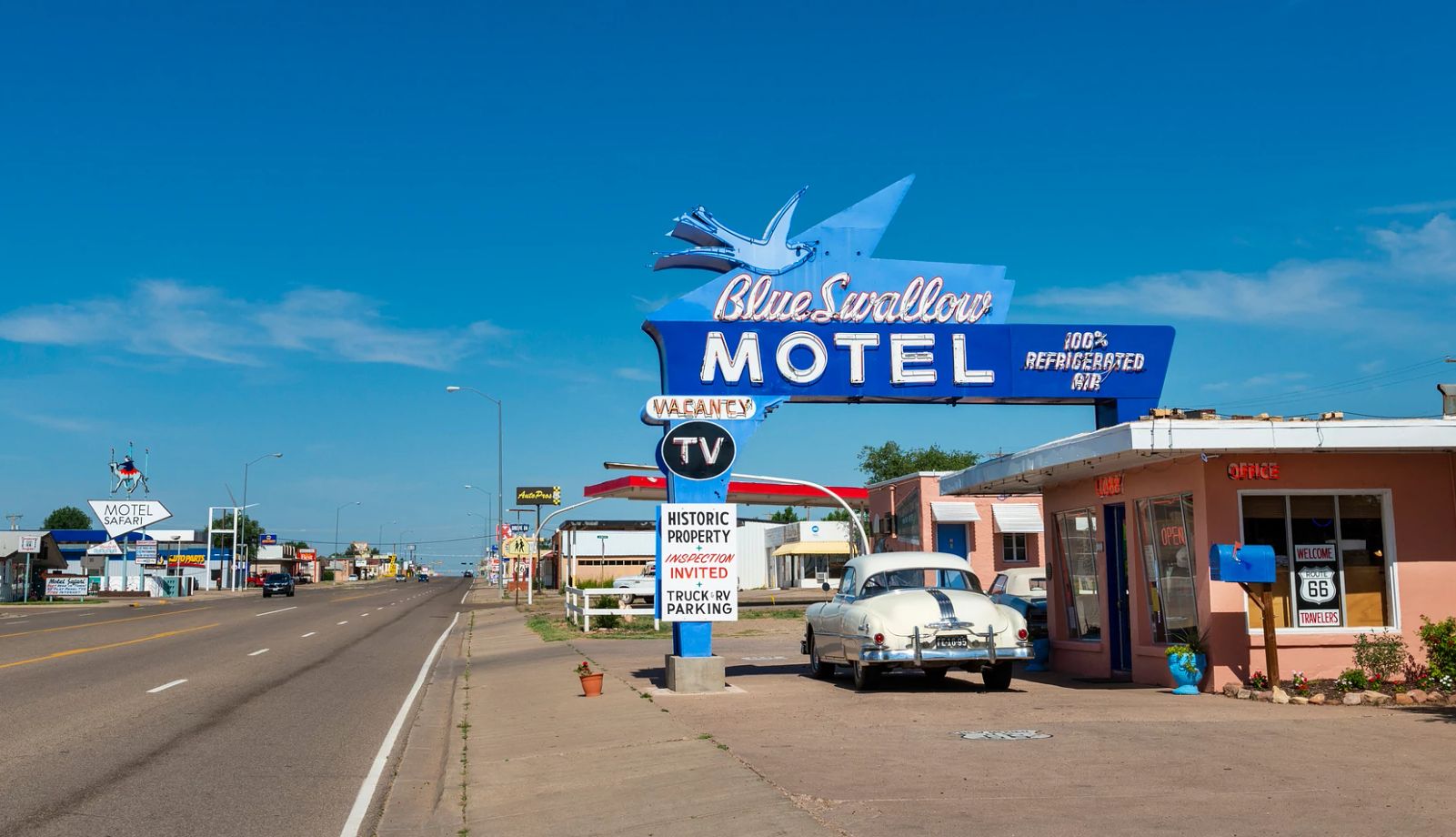AARP Eye Center
Transforming our Long-Term Care System
AARP Supports:
Improving Financial Transparency in Nursing Homes
S1948/A1872 (Vitale, McKnight/Speight, McCoy)
AARP supports improving transparency and disclosures for the nursing home industry. Nearly 75% of New Jersey’s nursing homes are for-profit facilities. The complex ownership structure of some nursing homes, including nursing homes that have been purchased by private equity firms, may allow money to be siphoned away from resident care.
AARP supports S1948/A1872, which requires the submission of owner-certified, audited financial statements to provide a clear overview of the flow of money across related parties and provide more accountability on how public and private payer dollars are being spent. More robust reporting, including consolidated financial reports, will inform consumers and their families, decision-makers, and regulators where the billions of dollars paid to nursing homes are going.
Expanding Paid Family Leave
A3451/S2950 (Quijano, Reynolds-Jackson, Coughlin/Moriarty, Zwicker)
New Jersey has more than 1 million people who care for older loved ones, and many struggle to manage both their caregiving responsibilities and the jobs they need. More than one in five workers aged 45 to 64 reports being a caregiver to a parent – and more than half of these workers report that caregiving negatively affects their work.
Paid family leave is necessary to help people balance work demands with caring for a loved one. The NJ Family Leve Insurance program provides wage replacement for caregivers who need to take time off to care for a loved one. Currently, employees at businesses with 30 or more workers are protected from job loss under the NJ Family Leave Act. AARP supports A3451/S2950, which expands this job protection to employees of businesses with five or more employees.
AARP supports expanding this protection to employees at organizations with five or more employees. This job protection is crucial to ensure people can take time off to care for a loved one without the fear of losing their job.
New Jersey FY' 2026 Budget
Governor Murphy’s State of the State address included a proposal to provide full pay for state workers who take family leave to care for a new child. This plan to increase wage replacement for family leave must also include state workers who care for loved ones of any age. Family caregiving spans generations, whether it be for care from the earliest to the final days of life. Any expansion of our family leave program should continue our state’s commitment to caregivers regardless of the age of their loved ones - and in keeping with the spirit and history of our state’s family leave insurance program.
Increasing Support for Family Caregivers
A1581/S2303 (Schaer, Sumter/Beach)
Family caregivers help keep their spouses, aging parents, or other loved ones at home instead of in costly nursing homes. This saves New Jersey – and taxpayers – money since nursing home care is mostly paid for by the state, through Medicaid; yet family caregivers pay out of their own pockets.
The average family caregiver spends 26% of their income on caregiving activities, assisting with everything from bathing and dressing to medical appointments and transportation. The state’s 1 million family caregivers provide unpaid care valued at over $17 billion annually in New Jersey.
AARP supports A1581/ S2303, which provides a fully refundable income tax credit of up to $675 to qualified family caregivers for expenses incurred for the care and support of a qualifying senior family member. Caregivers are an integral component of our long-term care system. They have earned financial support.
Expanding Small House Nursing Homes
A major driver of the widespread transmission of COVID-19 in traditional nursing homes is their physical environment – typically large buildings with shared living spaces. AARP supports the development of small house nursing homes, which incorporate individual rooms with innovative staffing models and culture change. THE GREEN HOUSE® model, a trademarked model with structural, procedural, and philosophical components is the most widely researched small-house nursing home model today.
Improving Quality and Safety Incentives
AARP supports improving quality and safety by incentivizing having a registered nurse on every shift, maintaining or exceeding minimum direct care staffing levels, having a full-time infection control specialist on staff, lowering staff turnover rates, eliminating multi-occupancy rooms, creating small-house nursing homes, and reducing pressure sores.
Bolstering the Long-Term Care Workforce
A major workforce crisis exists in long-term care. Across all states, wages for direct care workers are lower than wages for comparable occupations. Nationally, more than half of nursing staff in nursing homes leave their job within a year (53.9% turnover rate) and staffing disparities are a significant challenge. Residents of nursing homes with high admissions of Black residents receive almost 200 fewer hours of care per year compared to residents of nursing homes with high admissions of white residents.
AARP supports bolstering the nursing home and in-home care workforce by improving recruitment and training, increasing pay and expanding the ability of trained nurses, aides, community health workers and other paraprofessionals to take on some aspects of care.
Expanding Home and Community-Based Services
According to AARP’s Home and Community Preferences Survey, 77% of adults 50 and older want to remain in their homes as they age.
While New Jersey has made strides to better balance Medicaid and state funding to improve access to home and community-based services (HCBS), more can be done. The top-performing state in the U.S. spends 83% of its long-term services and supports (LTSS) funding on HCBS. New Jersey currently spends 56% (including funding for individuals with intellectual and developmental disabilities). AARP supports establishing enforceable benchmarks to increase New Jersey’s spending on HCBS to provide more services to support older residents at home.
Related Articles:































































